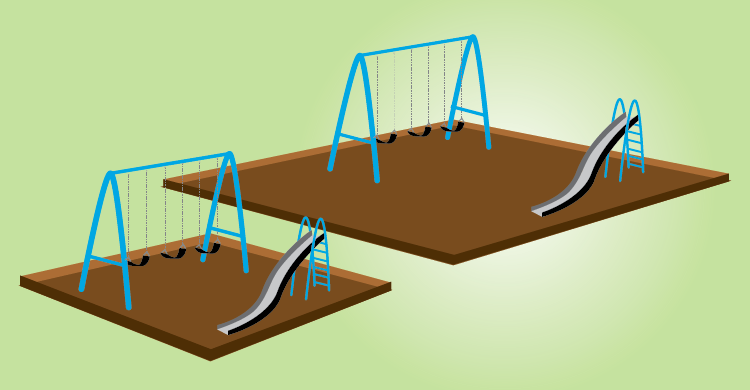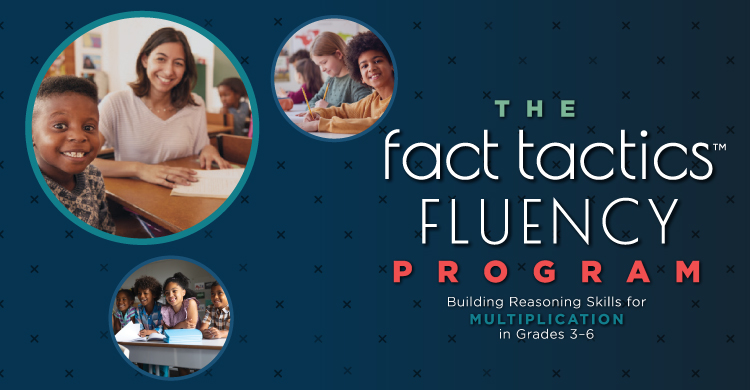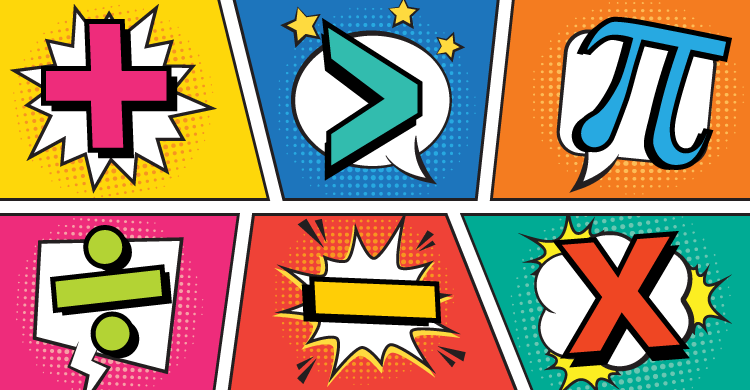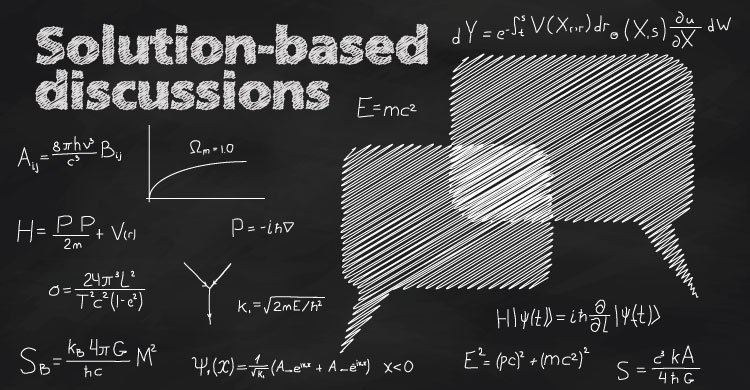Part 2: Implementation and Reflection
In last week’s #MathMonday blog post, I focused on the definition of meaningful tasks and the necessary steps to be taken before the class begins. This post focuses on the implementation and reflection of meaningful tasks.
During Class:
Launch the task by facilitating a discussion with the class. As suggested by Jackson, Shahan, Gibbons and Cobb, there are 4 critical features of a successful launch:
- Discuss the key contextual features of the task
- Discuss the key mathematical ideas
- Develop common language to describe key features of the task
- Maintain the cognitive demand of the task [Shahan, Gibbons and Cobb (2012) p. 26- 28.]
A successful launch of the task enables students to focus on the mathematics of the task as the concerns about the context and vocabulary have been addressed, and reminders about prior mathematical knowledge have been expressed. It is important to remember to avoid suggesting a particular pathway or strategy. Students’ approaches and solutions to the task provide valuable information as you plan next steps in the learning process.
Step two in the process of implementation of a meaningful task involves monitoring students as they work. After having independent time to think about the question, ask students to join their partner or team. Listen to students’ conversations without interjecting. This can be accomplished by listening with your back facing the group you want to hear. The students think that you are listening to others, as you are not looking at them. Consequently, their voices remain authentic. (It has been said that teachers have eyes in the back of their heads- they also have ears!)
As you monitor the groups, consider how the groups will share their understandings about the task. If you plan to have teams present their work, remember that each group does not need to do so. Class time is precious; having teams present the same strategies does not enhance the discussion. Be strategic in terms of the order of the teams’ presentations. You may select a student’s approach that illustrates a concrete representation and then followed by another student’s table or graph. The class can compare and contrast the two approaches. A third presentation might offer a symbolic representation and verbal explanation.
The close of the lesson can provide opportunities for individual student accountability. Consider asking students to write about their team’s process or ask them to explain their team’s solution and how did they know that their work was correct? Students can also reflect on any remaining questions that may have been raised during the whole class discussion.
After the Class:
Just as students reflect, take time to consider the following questions:
- Did the task help students gain an understanding of the learning target?
- Did students present a variety of approaches?
- What are the next steps for the class?
- Does the task need to be extended or changed for future use? [Johnson and Norris, 2006, p. 99]
Consider what individual students demonstrated in terms of their mathematical understanding. What are the next steps that students need to take to deepen their understanding and to continue their learning?
As students engage in meaningful tasks, they experience the habits of mind identified in Standards for Mathematical Practice. Making sense of problems and persevering in solving them, reasoning, creating mathematical arguments, modeling with mathematics, using tools appropriately, attending to precision, looking for structure and expressing regularity in repeated reasoning are foundational abilities acquired as students build their mathematical proficiency.
Here are a few of my favorite sources for meaningful tasks:
http://Mathpractices.edc.org
http://www.Illustrativemathematics.org
http://commoncore.americaachieves.org
http://insidemathematics.org/
www.mathedleadership.org
www.nctm.org
Implementing meaningful tasks in our classrooms requires careful planning, monitoring students’ work and reflecting on the evidence of students’ learning. Teachers do the heavy lifting before class begins; students should be doing the work during the class. Learning mathematics is not a passive pursuit. Providing opportunities for students to think, analyze, justify, solve, reason, explain, and create is our professional obligation as teachers of mathematics.
Sources:
Johnson and Norris (2006) Teaching Today’s Mathematics in the Middle School. Boston, MA. Pearson Learning.
Larson, Fennell, Adams, Dixon, Kobett and Wray (2012) Common Core Mathematics at Work Grades 3-5. Bloomington, IN. Solution-Tree.
NCTM (2014) Principles to Actions- Ensuring Mathematical Success for All. Reston, VA. National Council of Teachers of Mathematics.
Shahan, Gibbons and Cobb (2012) Launching Complex Tasks in Mathematics Teaching in the Middle School. Vol. 18, No. 1. Reston, VA. National Council of Teachers of Mathematics.
[author_bio id=”215″]






